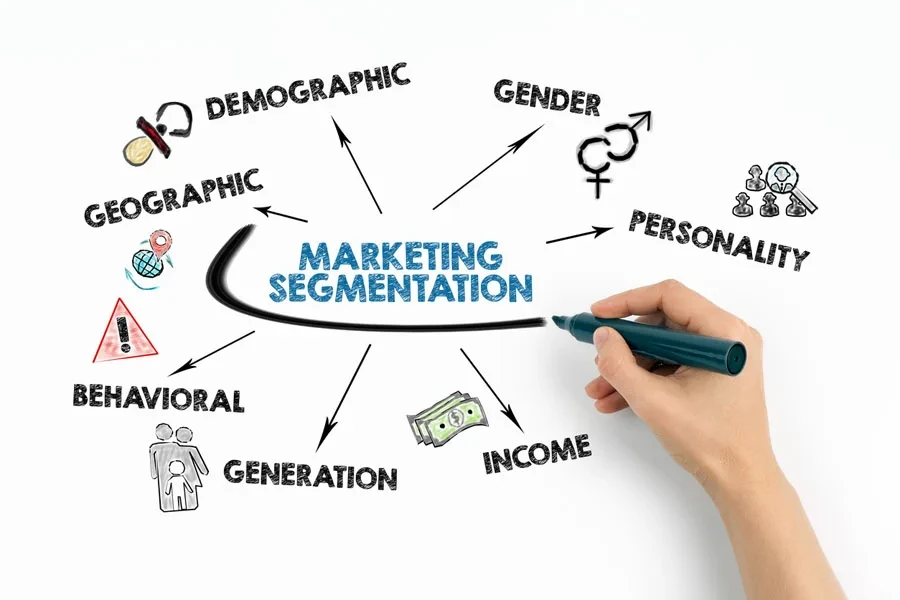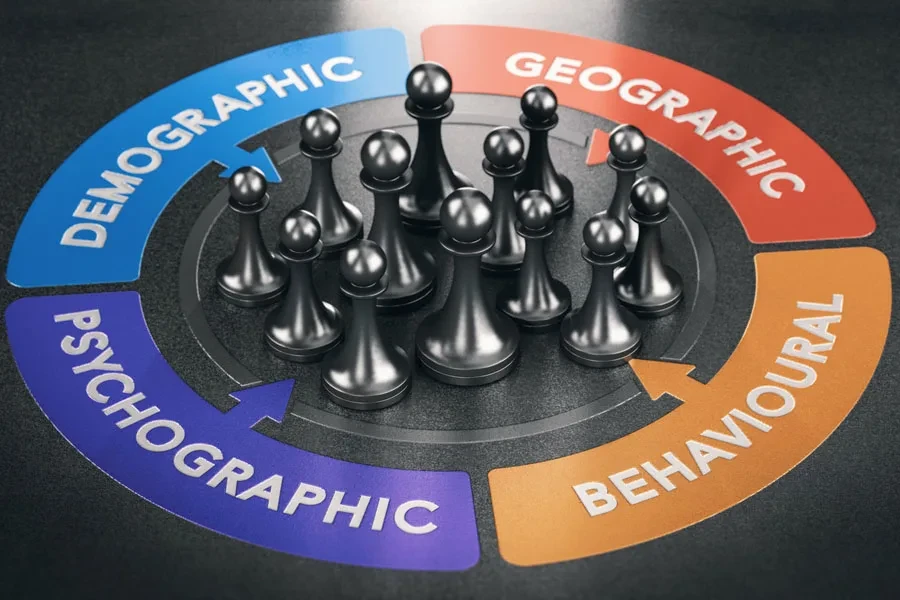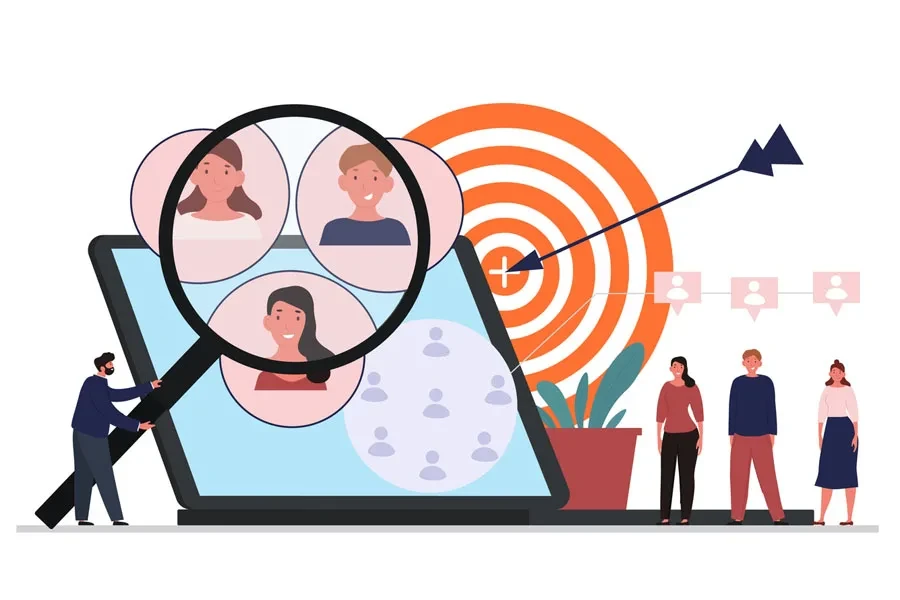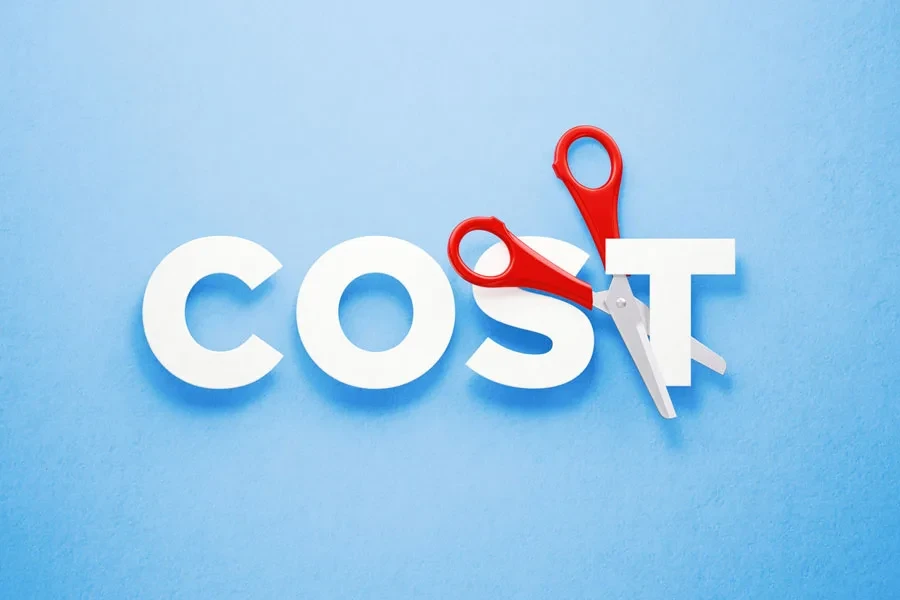70% of marketers today use market segmentation to reach their ideal customers and gain a competitive edge. This strategy involves breaking down markets into manageable customer groups to gain consumer insights and beliefs about each segment.
Companies that have mastered segmentation enjoy better-performing products, better market positioning, and stronger growth. In addition, a LinkedIn report revealed that 80% of businesses that use market segmentation report increased sales.
In this post, we will discuss the different market segmentation categories that can help your business realize these benefits and get into the advantages in detail. Let’s start by defining market segmentation. Keep reading to learn more.
Table of Contents
What is market segmentation?
The different types of market segmentation
Benefits of market segmentation
Conclusion
What is market segmentation?
Market segmentation is the process that involves dividing a broad consumer or business market, normally consisting of potential and existing customers, into sub-groups of consumers based on shared characteristics.
The main aim of this strategy is to search for common qualities among audiences, such as shared interests, similar needs, lifestyles, or demographics, identify a highly likely profitable group for a business, and then select it for special attention.
An example is Nike’s segmentation of their market into six groups. This segmentation led to an increase in their revenue of 24%. They also discovered that women spent 40% more than men, enabling them to tailor their ad messaging better to this group.
The different types of market segmentation

There are a plethora of market segmentation categories, and on average, businesses use at least 3.5 different segmentation criteria to find their market. Here are the various types of market segmentation that you can implement to find a focus group for your products and services.
1. Demographic segmentation

This is the most common and simplest method of segmenting the market.
Demographic segmentation involves dividing the targeted market based on demographic data such as gender, occupation, income, family size, age, marital status, education level, nationality, and ethnicity.
Such a wide variety of socio-demographic features guarantees interesting and detailed information about consumers’ general basic traits and living conditions. They influence your consumers’ purchasing behavior and preferences as well.
2. Psychographic segmentation
Psychographic segmentation is the market division based on psychological variables like attitudes, values, lifestyle, interests, personal traits, and behavioral patterns.
Unlike demographic segmentation, which is limited to observable characteristics, this segment enables you to study their potential customers with a much deeper understanding.
Once you analyze the relevant attributes of your consumers’ inner minds, you can easily create the right products and services to offer to your clients with those unique needs in major market channels.
3. Geographic segmentation

Geographic segmentation divides the market using geographic variables, including geographic location, region, climate, population density, and urban expansion. This dissection design considers that varied preferences, needs, and buying behaviors among individuals can exist based on their location.
4. Behavioral segmentation
Behavioral segmentation involves splitting a market into categories of consumers based on behavioral activities, processes, and decision-making paths.
Unlike demographic or geographic segmentation, which concentrates only on people’s fixed features like age, gender, and location, behavioral segmentation organizes customers according to their purchasing habits, occasions, or propensity for a specific product or brand.
5. Firmographic segmentation
This marketing segmentation technique centers around dividing the market based on organizational characteristics rather than only into single consumer segments.
This is important as it allows you to create different commercial campaigns addressing specific market segments within business-to-business (B2B) markets. It provides categorical data, including industry, company size, revenue, location, ownership structure, and purchasing behavior.
6. Technographic segmentation
Technographic segmentation helps find similar characteristics of a specific group based on their technical features, tastes, and habits when expecting or purchasing products or services.
This segmentation strategy honors the idea that people’s behaviors related to technology adoption and use decisively shape how they shop, where they spend their money, and what is important to them (their communications preferences).
7. Persona segmentation

Persona segmenting is a marketing process comprising detailed fictitious representations of ideal customers resulting from the representation of demographic, psychographic, behavioral, and other related characteristics.
This mix of buyer or customer personas leads you to judge their potential buyers better by putting yourself in the customer’s shoes.
8. Intent segmentation
Intent segmentation involves dividing the market by looking at the consumers’ actions, behaviors, and interactions with a product, service, or brand per the purpose and/or reasons to spend some time, money, etc., with one of them (a product, service, or brand).
This type of segmentation is concerned with the search for the target audience you want to pitch to, and you try to be on their level by addressing their intentions or purposes to buy a product or service.
9. Customer journey segmentation
The marketing strategy of journey segmentation suggests under-grouping the market into different segments depending on the customer’s stage in the purchase funnel or customer journey.
The approach divides consumers based on the fact that they go through phrases exactly, from the first step of knowing a product or a service to when they decide to buy and become loyal customers.
Benefits of market segmentation
1. Reduce customer acquisition costs

The main goal of market segmentation is to aid businesses in identifying and targeting the right people with higher potential for similar products rather than the entire audience. With segment knowledge, allocating resources becomes easier and more efficient, minimizing waste on less relevant target customers.
This direct approach results in higher conversion rates, cutting customer acquisition costs.
2. Identify new trends and opportunities
One of the basic ways companies can discern the different customer groups is by using segmentation. In this manner, companies achieve a hyper-personalized approach to understanding customer segment preferences, behaviors, and emerging needs.
With so many observable insights, you can see patterns that are not common and areas that have not been exploited. This experience in advance allows you to quickly and effectively adapt to shifting markets, which is needed to capitalize on emerging niche market demands.
3. Build customer loyalty

When done correctly, it can give customer segments with common interests a platform for delivering more individualized experiences. This creates a good rapport and elevates customer experiences.
By knowing each customer category’s individualized wants and demands, you can better equip your products, services, and marketing strategy to answer their needs, ensuring customer satisfaction in the long run.
This individualized approach creates an emotional relationship between customer relationship management, customers, and subordinates, which builds trust. Therefore, it results in earning the customer’s loyalty.
4. Build better products
Businesses obtain complimentary customer reviews with different needs, preferences, and pain points through a customized approach. This profound knowledge allows you to figure out services and goods that meet the deeper needs of each segment.
By creating products that respond directly to target groups’ individual needs, you increase client satisfaction and the possibility of being unique in the marketplace.
5. Better advertising campaigns
Market segmentation allows the business to customize and synchronize stronger marketing messages with certain parts of the market.
Optimizing the ad creatives, images, and offers to the preferences and traits of every segment increases chances for prompt response and advertising effectiveness. Consequently, customers attracted by advertisements spend more time on the brand, resulting in an increase in clicks and a better response rate.
6. Better ROI from marketing

A market segmentation strategy is more effective when you target the customer segments with the highest possibility of success, thus bringing higher profits to your business’s marketing endeavors. It is observed that there is a strong relationship between marketing campaigns that are selective or aimed at specific audience segments.
These marketing efforts lead to better results and higher response and conversion rates, which result in higher revenues and profits. Along with getting more focused results on the target audience, you can see a remarkably reduced waste of your marketing budget, ultimately leading to a higher return on investment.
7. Provide input to business operations
Market segmentation helps gather invaluable details, further influencing important business operations such as product development, setting prices, finding distribution channels, or providing customer service.
Certainly, improved business performance and competition with others are achievable by segmenting different types of customer bases, which requires a careful analysis of their distinctive needs and habits to create more intelligent and effective decisions in all the operations sectors.
Conclusion
Among the most effective ways to locate your target audience to increase your engagement and bottom line is through segmentation. The common types of market segmentation tactics that you can utilize include demographic, psychographic, behavioral, and more.
Utilize a mix of several segmentation categories to better understand your target customers better and tailor your products and services to the people who matter the most to your business. Your bottom line will thank you.



